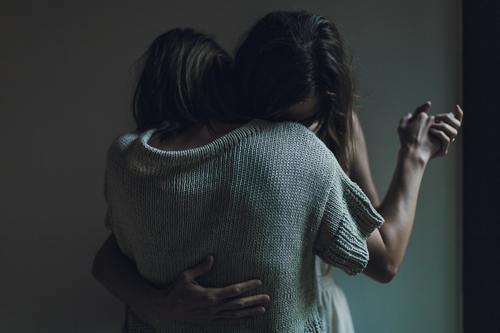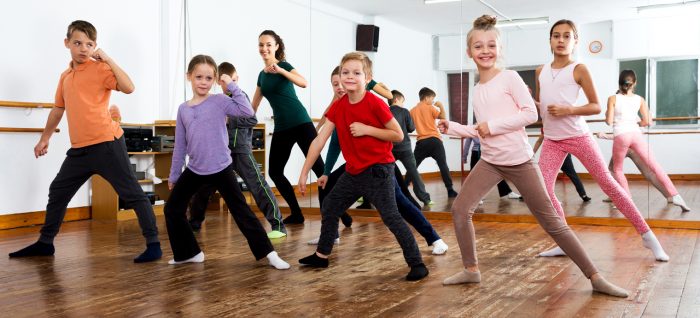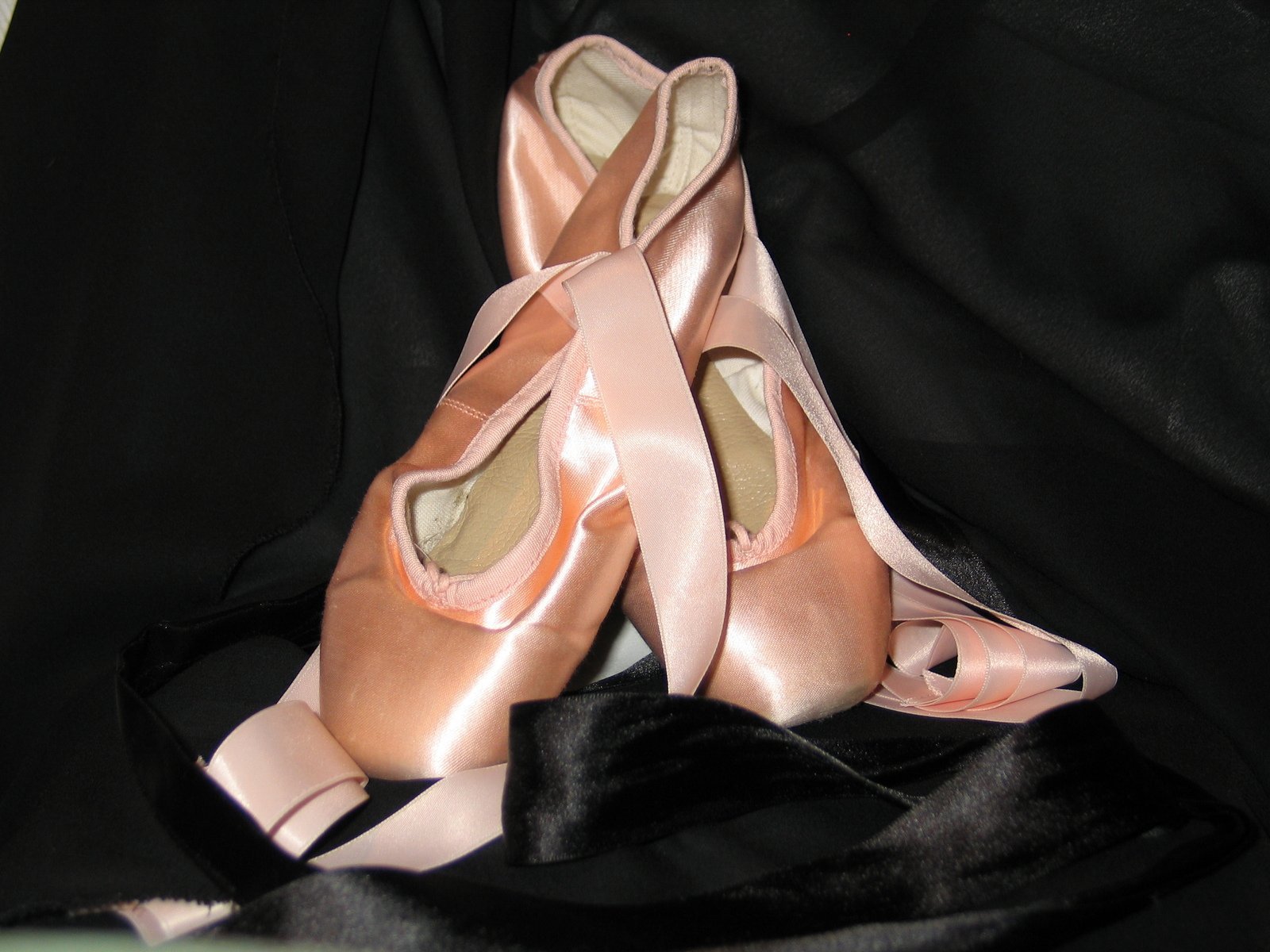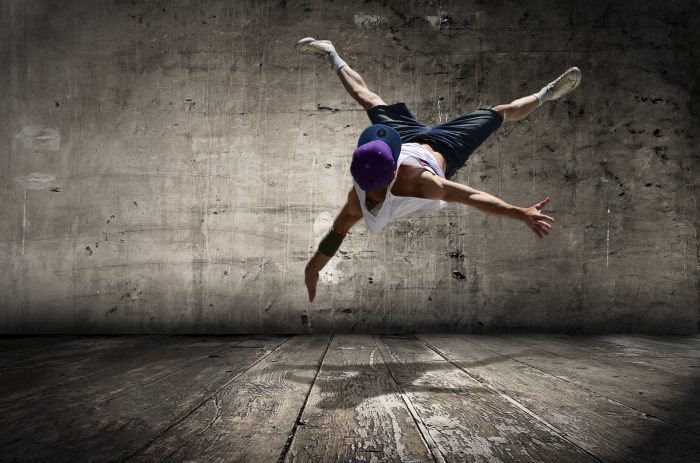Being diagnosed with osteoarthritis can be devastating. The pain and the fact that it can stop you from doing activities that you once enjoyed makes it an uncomfortable condition to live with. However, having osteoarthritis does not mean that you have to completely stop doing some of the things that used to give you joy. Did you know that you can continue being a dancer even when you have osteoarthritis? Some of the tips that can keep people with osteoarthritis on the dance floor are:
Invest in Comfortable Shoes
The trick to dancing when you have osteoarthritis is to make sure that you are always wearing comfortable shoes. You do not want to put a strain on your joints by wearing uncomfortable or ill-fitting shoes. Avoid heavy-soled shoes or high heels if you know you will be engaging in activities that will keep you on your toes such as dancing.
Choose the Right Dancing Style
There is evidence that coordinated movement such as dancing to Zumba or slow moves can actually help in managing osteoarthritis. The discomfort that present for people with osteoarthritis hip complications can be well managed with dance. This is possible if you choose slow and coordinated dances that are not too vigorous.
Work With Professionals
If you are serious about dancing and you are not sure of how to do it when you have osteoarthritis, you should consider working with professional trainers. They are trained to work with different kinds of people, including those with medical conditions like osteoarthritis. As long as you have indicated that you have the condition, they will know the kind of dance moves to expose you to. They can also advise you on the best kind of dance to do when you are on your own.
Manage the Condition
Taking pain killers that are prescribed by the physician and eating the right foods go a long way in eliminating discomfort that could interfere with your plans to dance. At the end of it all, you should always remember that osteoarthritis is manageable. Do as much research as possible and you will find activities you can enjoy even with the condition.



 performing in front of others.
performing in front of others.
 e fierce appearance but jolly personality of the dragon is something that the Chinese culture has always embodied, emulated and appreciated. In addition to the dragon itself being a symbol of power and dignity, the movements shown in traditional Dragon dances also symbolize power and dignity.
e fierce appearance but jolly personality of the dragon is something that the Chinese culture has always embodied, emulated and appreciated. In addition to the dragon itself being a symbol of power and dignity, the movements shown in traditional Dragon dances also symbolize power and dignity.


 of hip-hop as well as jazz funk types of hip hop. The distinguishing factor for many hip-hop dances include the freestyle elements whereby dancers improvise to the beat of the music they are dancing to and create master pieces on the spot.
of hip-hop as well as jazz funk types of hip hop. The distinguishing factor for many hip-hop dances include the freestyle elements whereby dancers improvise to the beat of the music they are dancing to and create master pieces on the spot.
 mselves which can help with communication and the deep level of communication and understanding.
mselves which can help with communication and the deep level of communication and understanding.
 d unwind. It helps manage stress which physically can also help with blood pressure, cholesterol,and reduce the likelihood and risks of issues or complications such as heart issues, stroke, etc.
d unwind. It helps manage stress which physically can also help with blood pressure, cholesterol,and reduce the likelihood and risks of issues or complications such as heart issues, stroke, etc.
 traditionally were handmade. The clothing is designed depending on the occasion as often special dances are done for different special occasions. Headdresses (called Kokoshnik ), embroidered shirts, aprons and even belts are also common costume elements for women. Red is one of the most common and important colours in these dances as it associated with the idea of beauty and being beautiful.
traditionally were handmade. The clothing is designed depending on the occasion as often special dances are done for different special occasions. Headdresses (called Kokoshnik ), embroidered shirts, aprons and even belts are also common costume elements for women. Red is one of the most common and important colours in these dances as it associated with the idea of beauty and being beautiful.

 These dances can also be performed in groups of two or more.
These dances can also be performed in groups of two or more.
 ocuses more on formations and group dynamic than complex rhythms and moves.
ocuses more on formations and group dynamic than complex rhythms and moves.